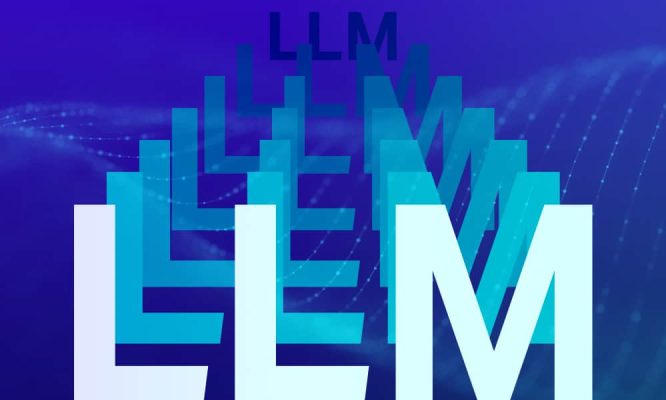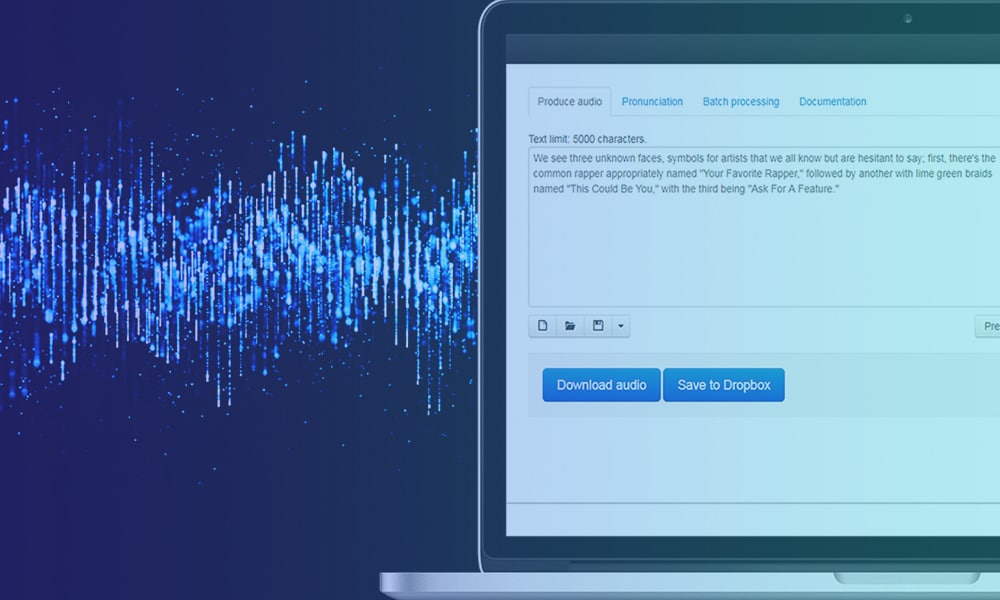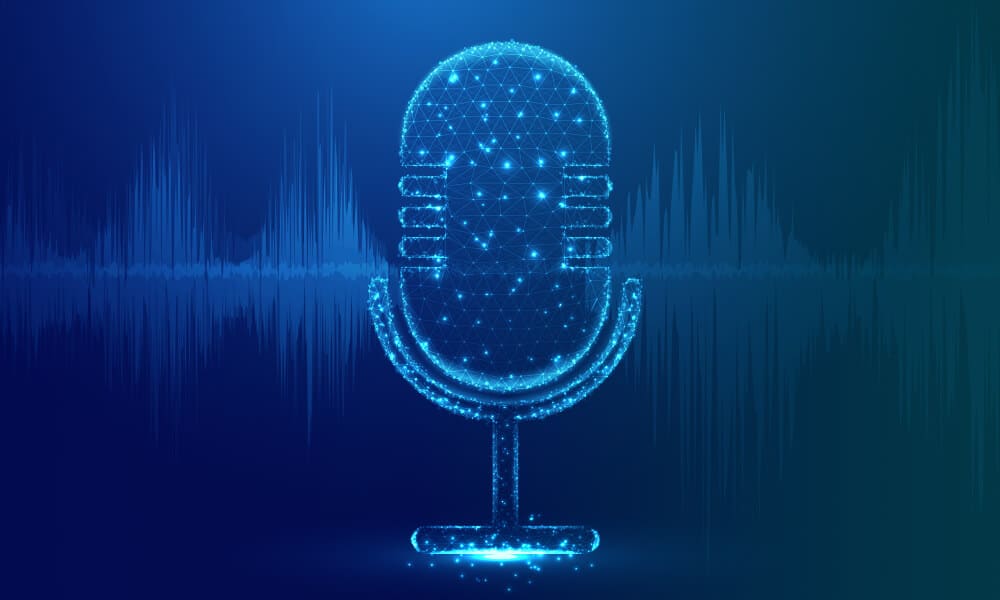As artificial intelligence (AI) and machine learning continue to advance, so does our ability to process and comprehend human language. One of the most significant developments in this field is the Large Language Model (LLM), a technology that has the potential to revolutionize everything from customer service to content creation.
In this blog, we’ll explore what an LLM is, discuss a few examples of LLM applications, and consider their future implications.
What Does “Large Language Model” (LLM) Mean?
Large Language Models (LLMs) are a type of deep learning algorithm that processes and generates human-like text. These models are trained on massive datasets containing text from various sources, such as books, articles, websites, customer feedback, social media posts, and product reviews.
The primary goal of an LLM is to understand and predict patterns in human language, enabling it to generate coherent and contextually appropriate text.
The training process for an LLM involves the following:
- Exposing the model to billions or trillions of sentences.
- Allowing it to learn grammar, syntax, and semantics.
- Learn factual information.
As a result, these models can answer questions, generate text, translate languages, and perform many other language-related tasks with high accuracy.
Example 1: Google Translate
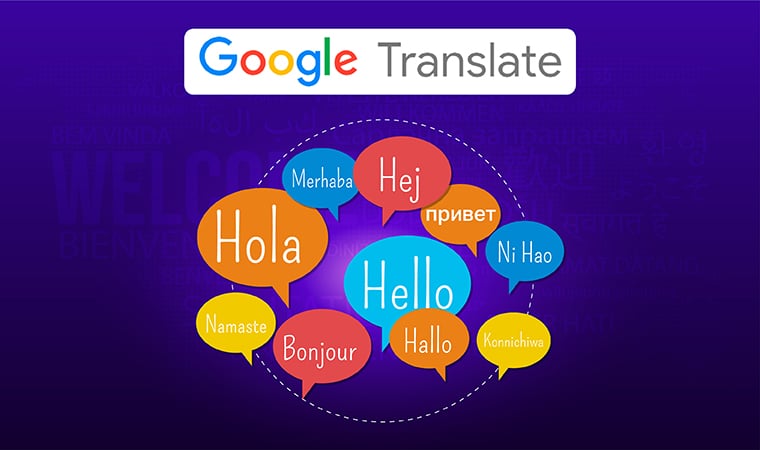
In the early days, Google Translate relied on a statistical machine translation method. It matched the input text to the most likely translation based on the probability of word sequences. However, in 2016, Google introduced its NMT, which considerably improved translation quality by simultaneously processing and translating entire sentences, considering the context and relationships between words.
Google’s NMT algorithm is trained on vast amounts of bilingual text data and utilizes an encoder-decoder architecture.
- The encoder processes the input text while the decoder generates the translation.
- The model learns to represent the meaning of a sentence in a continuous space called an embedding, allowing it to understand and translate complex language structures.
According to NewYorkTimes, Google’s Neural Machine Translation (NMT) system translates more than 140 billion words daily for over 500 million users. This astonishing figure highlights the impact and potential of LLMs in breaking down language barriers and facilitating global communication.
Google Translate has been continuously refined and updated, enhancing the translation quality and expanding its language support. The service has become indispensable for millions worldwide, enabling seamless communication and information access across language barriers.
Example 2: OpenAI’s GPT
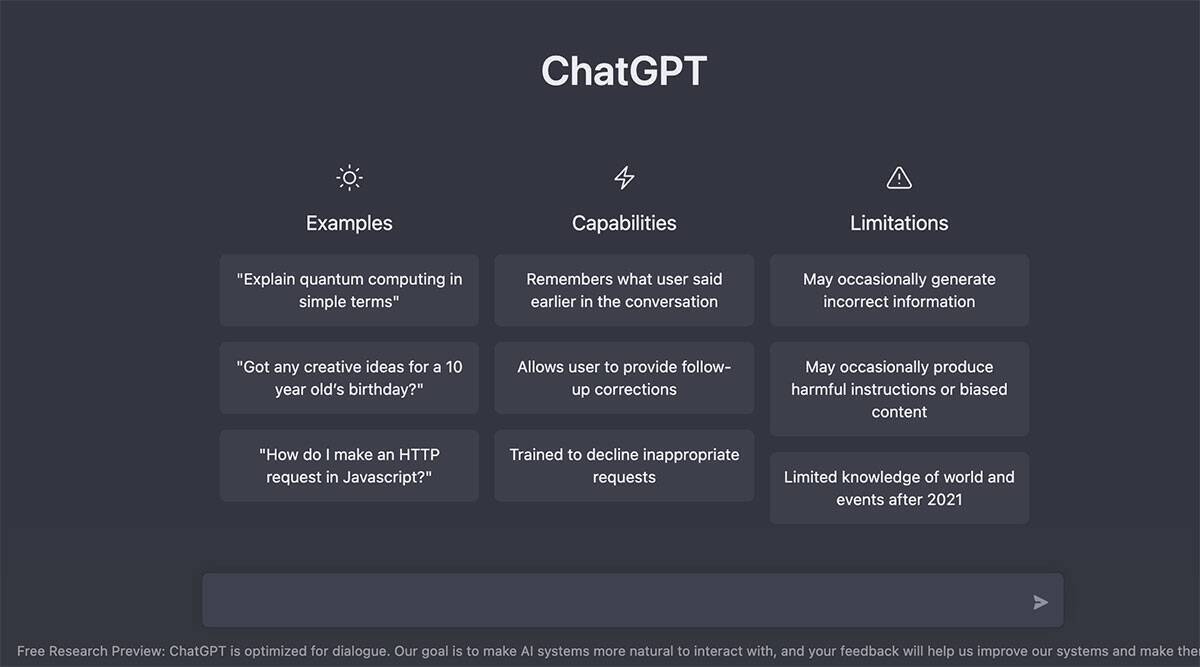
Another prominent Large Language Model (LLM) example is OpenAI’s GPT (Generative Pre-trained Transformer) series. The most recent iteration, GPT-4, has significantly improved upon its predecessors and is considered one of the most advanced LLMs currently available, with 100 trillion parameters.
GPT-4 is trained on diverse data collection from various sources, including books, articles, and web pages, to understand and generate human-like text. This versatility enables GPT-4 to perform a wide range of tasks, such as:
- Question and Answered: ChatGPT can answer accurate questions, from factual inquiries to opinion-based queries. This capability makes it an invaluable tool for research and knowledge discovery.
- Product Reviews: ChatGPT can generate product reviews or summaries based on user-generated content. It provides potential customers with useful insights and facilitates more informed purchasing decisions.
- Customer feedback and social media posts: Companies can use GPT-4 to analyze customer feedback and social media posts, identifying trends and patterns to improve products and services.
- Content generation: ChatGPT can generate medium/high-quality, contextually relevant content for various purposes, including blog posts, articles, and creative writing. This can save time and resources for content creators, marketers, and businesses looking to engage their audiences with compelling narratives.
- Chatbots and virtual assistants: ChatGPT can power sophisticated chatbots and virtual assistants to engage in natural, human-like conversations. This can revolutionize customer service, providing users with instant, personalized support, and guidance.
As LLMs like GPT-4 continue to evolve, their applications will only grow more diverse and powerful. They will fundamentally transform how we interact with technology and language. By embracing the potential of these advanced AI models, you can unlock new opportunities for innovation, efficiency, and creativity across a wide range of industries and fields.
Conclusion
Large Language Models (LLMs) represent a significant leap forward in our ability to process and understand human language. Their potential applications are vast, from breaking down language barriers with translation services like Google Translate to generating human-like text and answering questions with OpenAI’s GPT-4.
We can expect even more sophisticated LLMs with improved accuracy and broader applications as AI and machine learning develop.
However, it is crucial to consider the ethical implications of these technologies, such as the potential for misuse and the impact on job markets. By addressing these concerns, you can ensure that LLMs are used responsibly to improve communication, enhance understanding, and drive innovation in various industries.
